Brain Waves
Episode #7 of the course Learning how to think clearly by David Urbansky
Welcome back. Today, we’re covering how thinking “looks” in the brain. The brain is an electrochemical organ, and its activity can be measured using an electroencephalogram (EEG). Researchers have identified five brain waves that dominate in different mental states:
1. Alpha waves are low-frequency waves (7-13 Hz) that usually occur during a relaxation phase after mental work or during meditation.
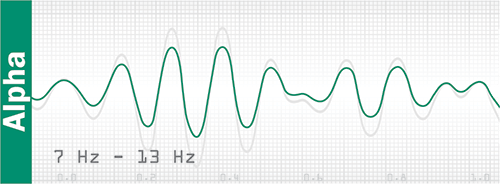
2. Beta Waves are higher frequency waves (13-40 Hz) that can be measured during conscious mental work, such as thinking, talking, debating, and problem-solving. While these brain waves are obviously important in our daily lives, as they allow us to think properly, they can also lead to stress, anxiety, and restlessness. If you don’t know how to think clearly and control your thoughts, these brain waves manifest as that little nagging inner voice, sometimes holding onto a thought, replaying scenes in your head, or driving you nuts in another way, and this can actually lead to health problems.
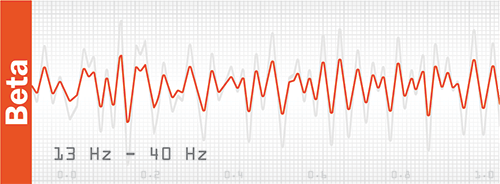
3. Theta waves are lower frequency waves (4-7 Hz) that are dominant while you daydream, let your mind wander, or do something on autopilot, like showering or commuting to work. These are your default brain waves during waking hours. They connect experiences, put them into perspective, and lay them to rest [1].
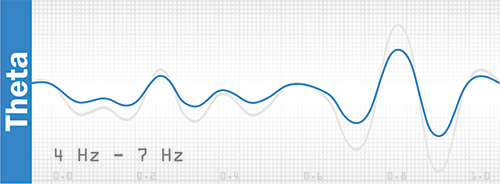
4. Gamma waves are the highest frequency brain waves (40+ Hz). Just like a computer can compute quicker with a faster processor, our brains compute quicker with higher frequency brain waves. When gamma waves are measured, a human can process a lot of information quickly, gain new insights, and experience heightened perception. Untrained people usually only have short bursts of this brain wave pattern, but it can be seen more often in extremely experienced meditators.
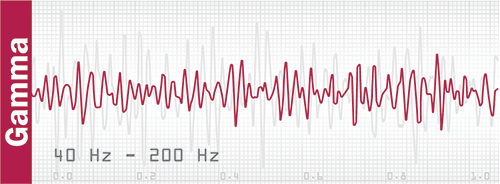
5. Delta waves are the lowest frequency waves (<4 Hz), and as you might have guessed, not much processing is done at this frequency. These waves are measured during dreamless sleep.
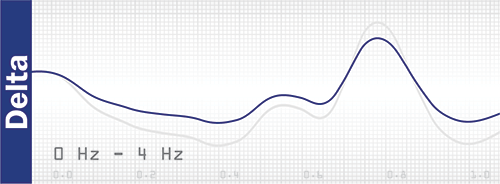
All brain waves are present all the time; it is up to the brain to determine which type dominates.
Now we know more about brain waves, but how exactly does this knowledge help us think more clearly? Everything you do and think has an effect on the composition of the brain waves in your head. Therefore, if you take the right steps, you can tune in to the best frequency and be the conductor that makes the cacophony in your brain sound like a well-trained orchestra.
A few things that can help you compose your brain waves:
• Meditate! Research has shown again [4, 5] and again [6, 7] that directed relaxation has numerous benefits. During meditation, you will have more relaxing alpha waves, but the real magic happens after long-term meditation practice. Indeed, as an experienced meditator, you can change how your brain handles the default state (theta waves), learn how to get a word in when beta waves get out of control, and even reach more of the super processing gamma waves [4].
• Listen to the right music for the task. Rather obvious, isn’t it? The “Mozart Effect” [3] shows that listening to the “right” frequencies can heighten your brain’s functions for a short time, so pick your tracks for the task carefully. Services like brain.fm might be something to try.
• Just breathe! Only recently has research begun to link breathing patterns to neurological activities. Results show that our ability to control the pace and depth of our breathing can change our brain waves [8, 9]. Go and learn how to breathe!
Tomorrow, we will learn how the body and mind are connected and how you can use that to your advantage.
Recommended video
Superhumans: The Remarkable Brain Waves of High-Level Meditators | Daniel Goleman
Recommended book
Mind to Matter: The Astonishing Science of How Your Brain Creates Material Reality by Dawson Church
References
[1] Increased Theta and Alpha EEG Activity during Nondirective Meditation by Lagopoulos J. et al.
[3] The Mozart Effect by Jenkins J S.
[5] Buddha’s Brain: Neuroplasticity and Meditation by Davidson R.J. and Lutz A.
Share with friends

